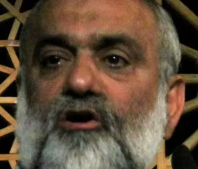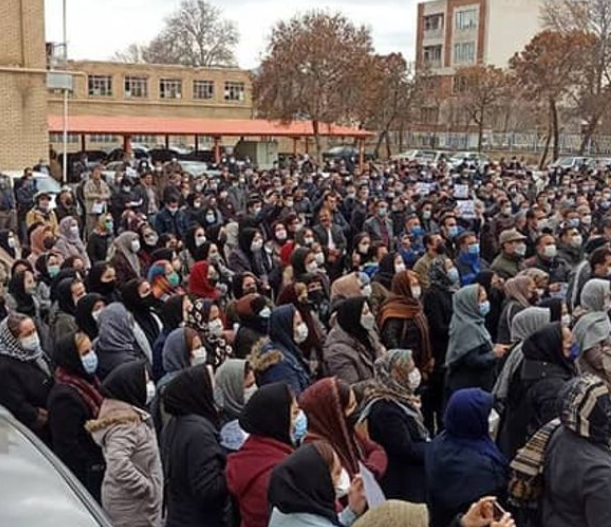December 31, 2021
Iran’s long effort, dating back to the monarchy, to develop a modern sewerage system has long been stymied by lack of funds. But now it is being upended by the propensity of some citizens to steal manhole covers for their valuable cast iron.

The biggest project has been in Tehran, long known as the largest city in the world without a sewerage system, a city that literally floats on its excrement. In 1975, the Shah decided it was time to build sewers in the capital.
Masud Reza Sameni, deputy head of the Tehran Sewer Company, recently told reporters that the 50-year-old Tehran project is now just 70 percent complete. But he said the cash-strapped project is being threatened by the theft of cast-iron manhole covers and other materials needed to finish the job.
Thousands of manhole covers installed along 7,000 kilometers of completed sewerage lines have been stolen in the greater Tehran area, Sameni said November 28.
Despite the hiring of guards, Sameni said, subcontractors reported that tools and 80 percent of the corrugated steel sheets used for the project have also been stolen, forcing authorities to repurchase the items at local bazaars.
Aside from adding significantly to the price of a project that has already cost more than $300 million, Sameni said that the thefts result in obvious safety hazards for drivers and pedestrians.
“Although the manhole covers are replaced immediately following citizens’ complaints,” Sameni was quoted as saying by the Tabnak news outlet, the rush means “we sometimes fall short of our technical standards. For example, concrete manhole covers are used instead of cast iron.”
A water official in central Tehran’s affluent District 3 was earlier quoted by Iranian media as saying that nearly 5,000 of the city’s estimated 150,000 manhole covers had been stolen in the past year as thieves try to cash in on rising demand and prices for scrap metal. The official, Ali Musavi, said that even concrete replacements had been stolen and broken up to extract steel bar.
According to the Middle East Eye, Tehran’s police chief has downplayed the problem, describing the stealing as “petty theft” and offering assurances that there has been no increase in such crimes and that his department was taking the situation “seriously.”
But Middle East Eye said the problem is not confined to Tehran, as widespread reports of thefts of manhole covers and construction materials are coming from all around the country.
In Ahvaz, the head of the city’s water and sewer department said December 1 that nearly 2,000 manhole covers and hundreds of water meters had been stolen in the past nine months. Saeed Dashtizadeh told reporters that metals theft was one of the biggest problems his department deals with.
“Because the manhole covers are made of cast iron, it is possible to sell them and thieves steal them for this reason,” the Islamic Republic News Agency (IRNA) quoted Dashtizadeh as saying. “Among the dangers the theft of manhole covers poses to citizens is people, especially children, falling into the sewer.” Dashtizadeh said this has led the city to install covers made of composite materials instead.
More than 1,000 manhole covers have also been reported stolen in Hormuzgan Province in the past six months, and arrests of manhole-cover thieves have been made in Esfahan Province.
In Khuzestan Province, a video of a woman trying to steal a manhole cover in broad daylight made the rounds on social media, with one commentator blaming the thefts on inflation and poverty.
In July, IRNA reported that the arrest of a gang of four men who had used a pickup truck to steal at least 100 manhole covers in a “professional manner.”
The construction of modern wastewater treatment networks in Iran has been promoted for decades by foreign organizations including the United Nations, and has been touted as a way to cut down on water lost to evaporation or seepage, while providing treated water to irrigate crops.
“Since the early 1990s,” a 2012 UN report said, “the general approach [in Tehran] has been to treat the wastewater and either discharge it to the environment where it mixes with freshwater flows and is indirectly reused downstream, or by mixing it with qanat water used to irrigate restricted, relatively low-value crops.”
Much of the funding for the project has come from outside Iran, showing that the international community puts a higher priority on the sewerage project than the Islamic Republic. The World Bank committed $150 million toward the $340 million cause in 2000. In 2017, Iran secured a loan of just over $140 million from the Islamic Development Bank to continue the project.























